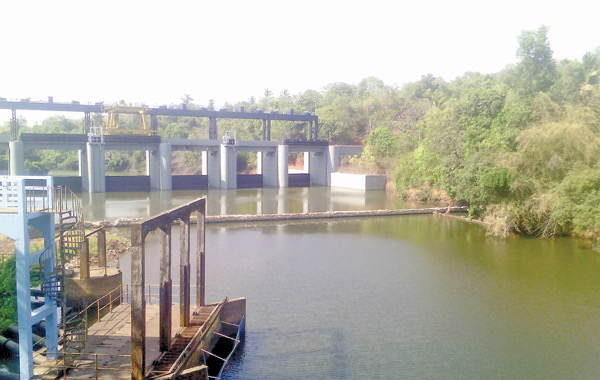The Opa River is a significant watercourse in southwestern Nigeria, flowing through the city of Ile-Ife and the campus of Obafemi Awolowo University (OAU). It is a tributary of the Shasha River and plays a vital role in the region's hydrology, ecology, and socio-economic structure.
Geography and Geomorphology
The Opa River originates from the Ile-Ife hills and stretches approximately 40 km (25 mi). Located within a tropical climatic zone, the river's behavior and flow dynamics are heavily influenced by the region’s seasonal rainfall.
Its catchment area, covering around 110 km², is underlain by crystalline basement rocks, including granite, gneiss, and schist. These geologic formations shape the river’s physical landscape. The river's channel displays a mix of NE-SW and NW-SE trends, indicative of past tectonic activity and varied lithology.
Key Features:
- 4th-order stream with dendritic drainage pattern
- Drainage density: high, with stream segment densities ranging from 0.08 km to 4.33 km
- Form factor: elongated
- Elongation ratio: moderate to high
- Land use: Includes residential quarters, university research farms, and rural settlements
Hydrology
The Opa River exhibits seasonal flow variations: - High flow: Wet season (April–October), peaking in July–August - Low flow: Dry season (November–March), supported by groundwater recharge
Influences on Water Quality:
- Agricultural runoff from farms
- Urban pollution from Ile-Ife and OAU
- Geological composition, especially the crystalline rocks, which contribute to water hardness
Challenges:
- Flooding during intense rains
- Siltation from erosion and sediment load
- Pollution due to inadequate waste management
Opa Reservoir
Constructed in 1978, the Opa Reservoir is located within the OAU campus and serves as the university's primary water supply.
Specifications:
- Length: 2.5 km
- Width: 0.8 km
- Catchment area: 110 km²
- Contributing areas: University Research Farm, Central Campus, Ile-Ife suburbs
Over the years, increased sedimentation and direct discharge of township streams into the reservoir have degraded water quality and reduced storage capacity.
2011 Flooding and Rehabilitation
Following severe flooding in July 2011, the Osun State Government initiated clearing and dredging of the Ogbe Esimirin River, a major tributary. While intended to reduce flooding, this inadvertently accelerated siltation and slowed river flow near the Opa inflow.
Importance and Conservation
The Opa River and its reservoir are critical to the survival and development of surrounding communities. They provide: - Potable water for domestic, industrial, and institutional use - Irrigation for agriculture and livestock - Fishing, recreation, and eco-tourism - Cultural and spiritual significance
Environmental Services:
- Climate regulation
- Biodiversity maintenance
- Water cycle stabilization
Threats:
- Deforestation
- Pollution from farms and urban centers
- Climate variability
- Overuse and water extraction
- Poor land and waste management
Conservation Needs:
Sustaining the Opa River system requires multi-stakeholder collaboration, including: - Effective land-use planning - Pollution control and sediment management - Restoration of vegetative cover - Regular maintenance of infrastructure like reservoirs and drainage channels
See Also
- Obafemi Awolowo University(#)
- Ile-Ife(#)
- Shasha River(#)
- Osun State(#)
